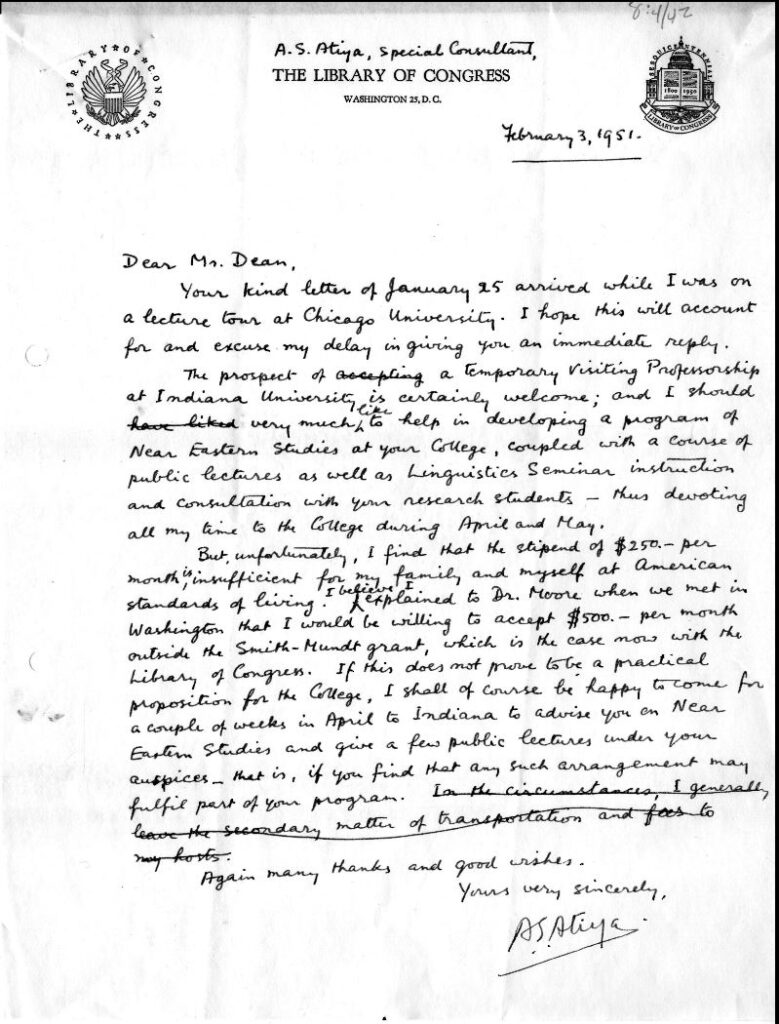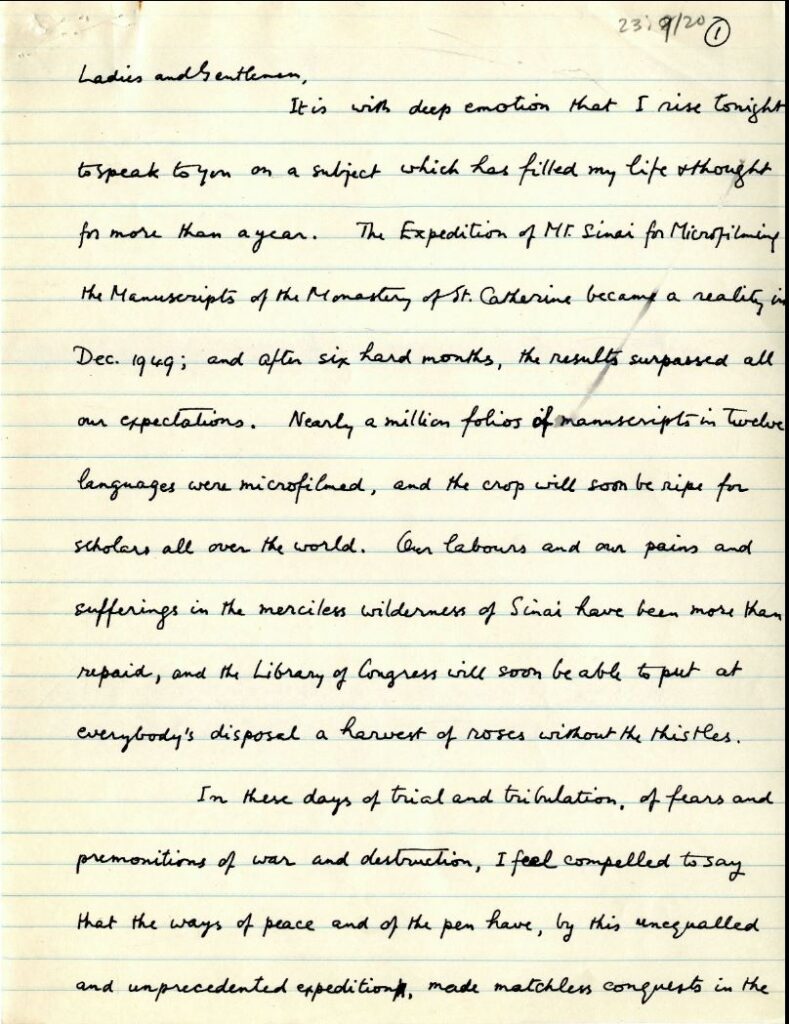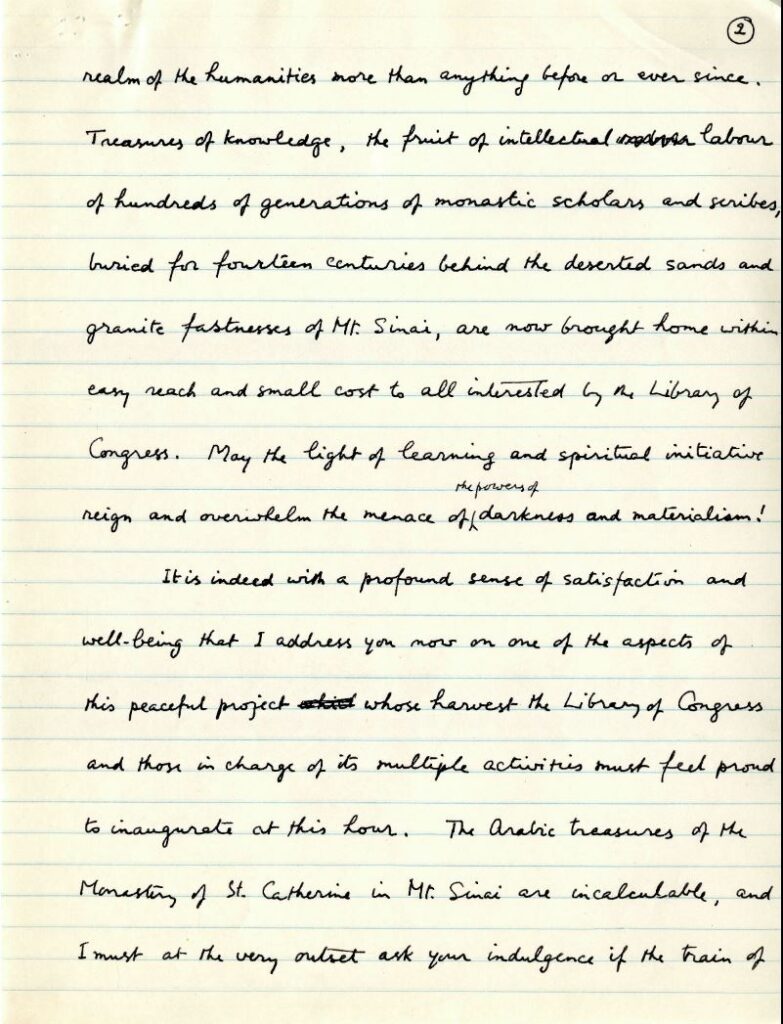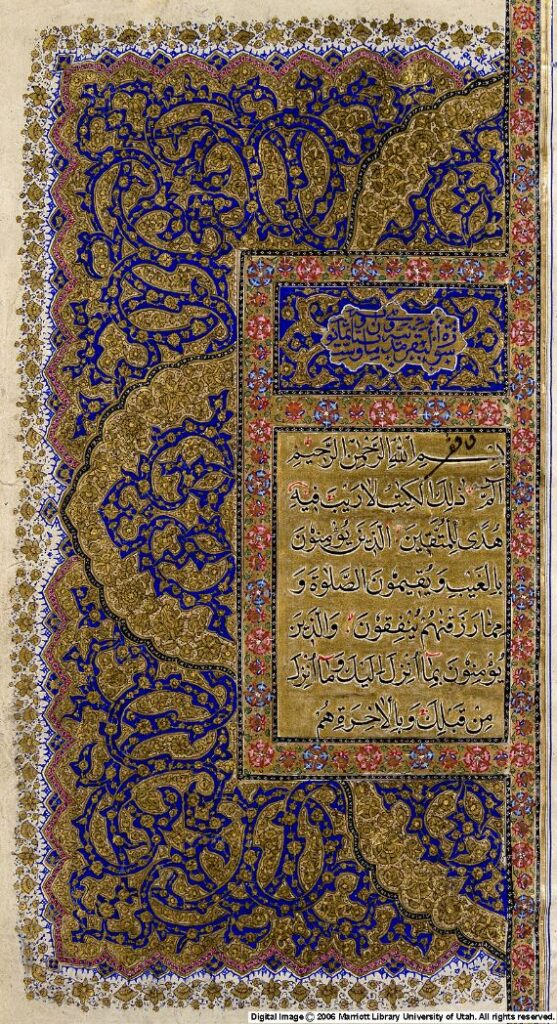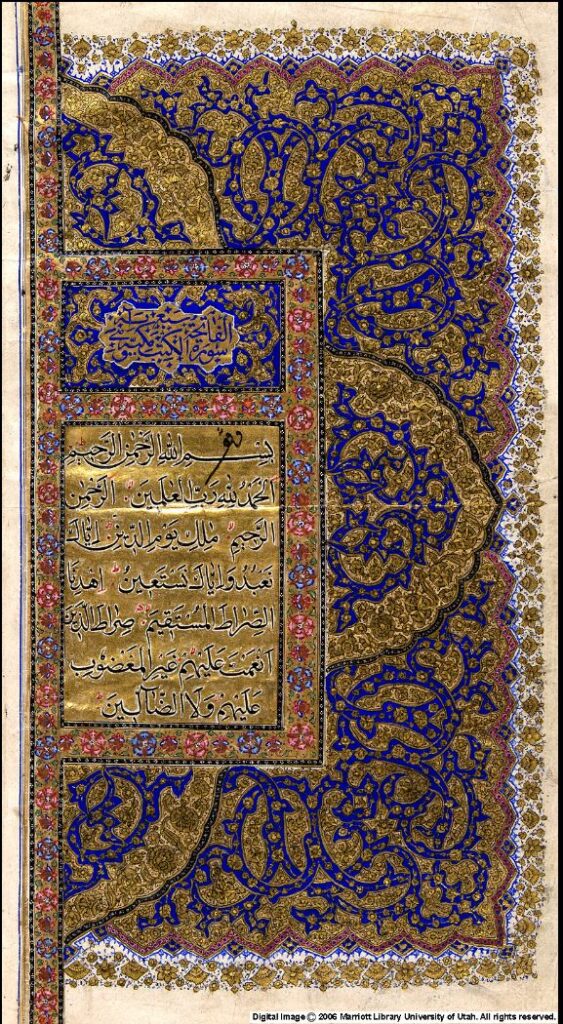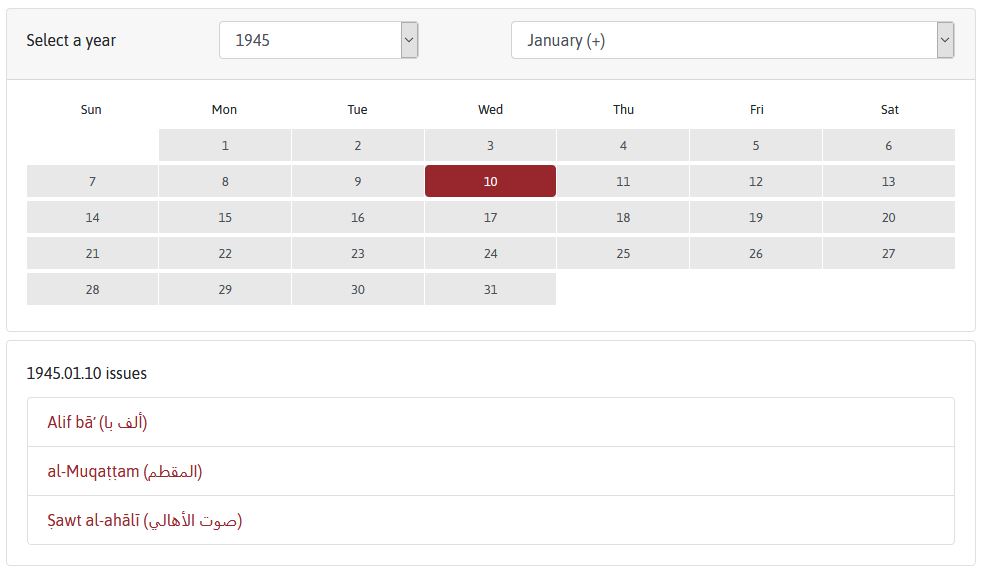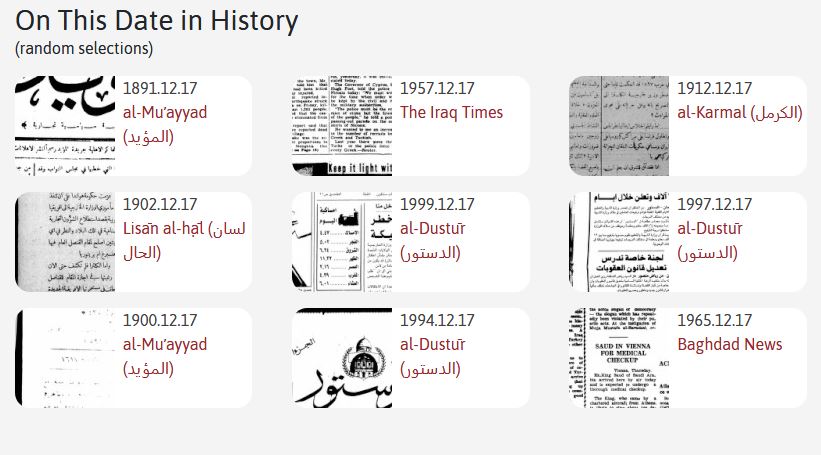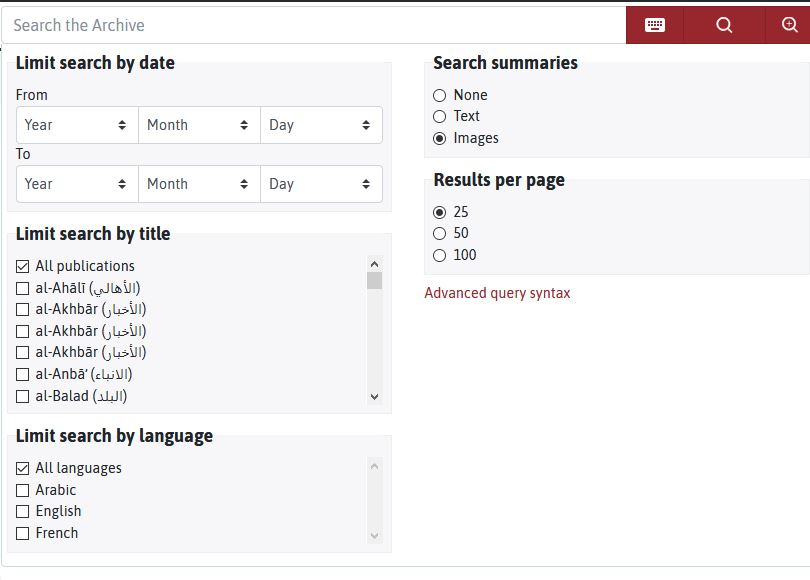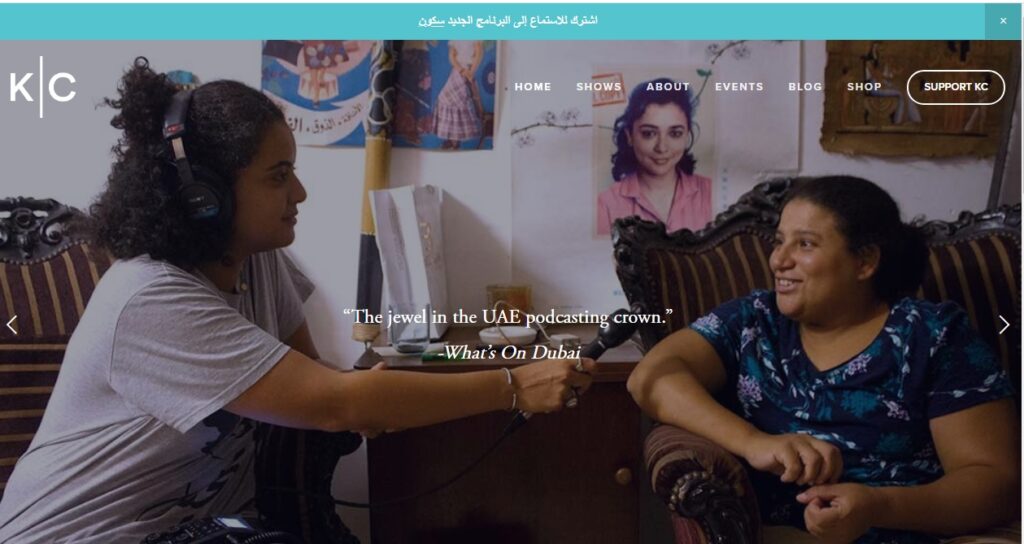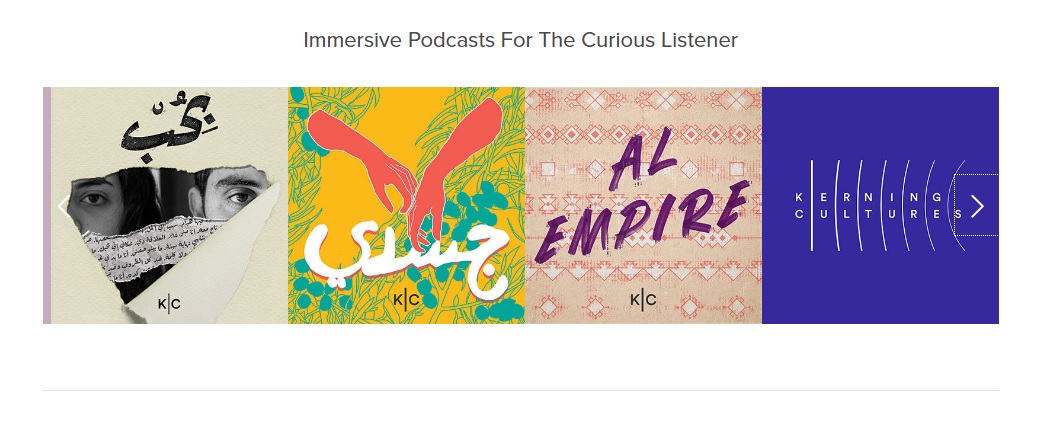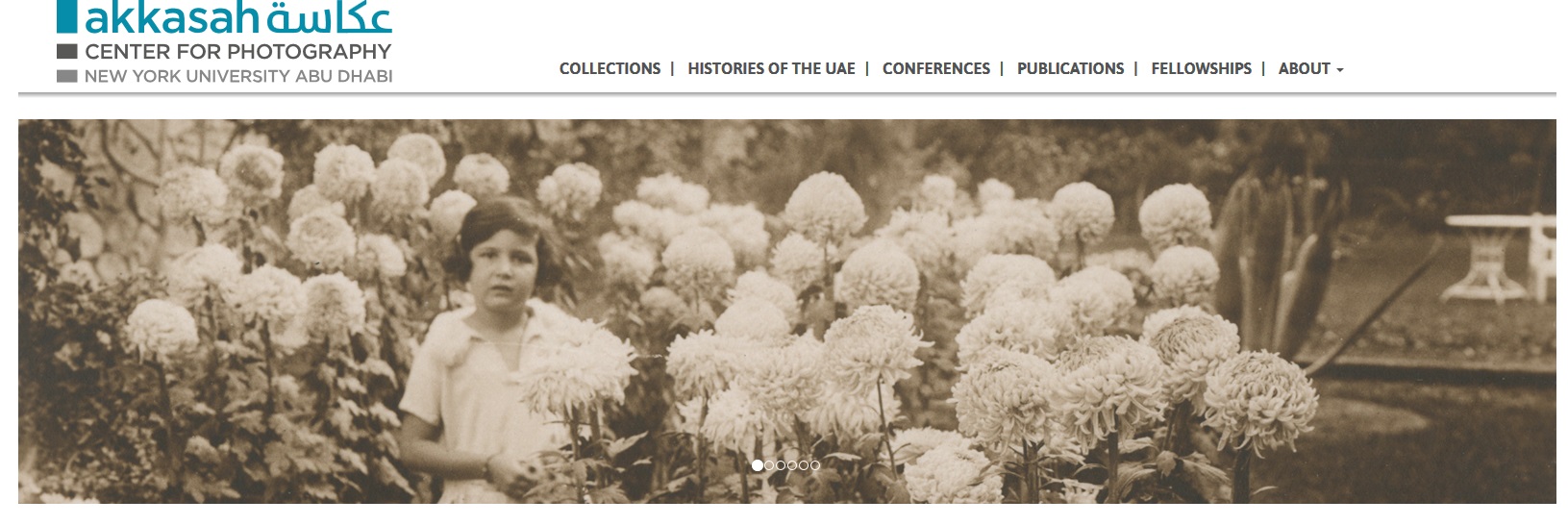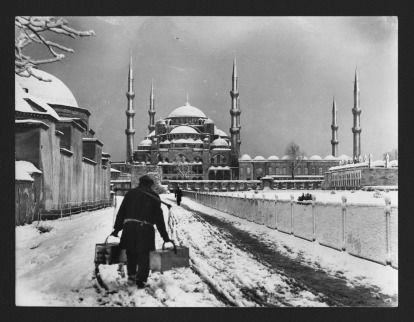University of Utah’s J. Willard Marriot Digital Library offers over 350 digital collections, containing over 1 million digital photographs, maps, books, videos, audio recordings, and other items. Among these collections are the Middle East Digitized Collections.
I. ARABIC PAPYRUS, PARCHMENT, AND PAPER
The Arabic Papyrus, Parchment & Paper Collection is the largest of its kind in the United States, The collection was acquired by Prof. Aziz Suriyal Atiya, founder of the Middle East Center and the Middle East Library.
Time Period: A large number of pieces date to the period between 700 and 850 CE. The collection includes a significant number of documents from the pre-Ottoman period.
Collection size: It contains 770 Arabic papyrus documents, 1300 Arabic paper documents, and several pieces on parchment.
Coverage: A unique source on the political, economic, religious and intellectual life of Egypt during the first two centuries of Islamic rule and the period up to Ottoman domination.
II. AZIZ SURYAL ATIYA PAPERS
Dr. Aziz S. Atiya was the founding director of the Middle East Center at the University of Utah. He was the author of many books and articles and editor of the Coptic Encyclopedia.
Time period: Papers document the life and work of Aziz Atiya (1927-1993)
Coverage: Papers include curriculum vitae, memorabilia, and personal correspondence and financial records. Also include materials relating to his career as a teacher, scholar and author, including lecture notes, student papers, publication contracts, royalty information, materials relating to the publication of the Coptic Encyclopedia, articles, newsletters, offprints, clippings, research files and maps.
III. MIDDLE EAST COLLECTION
Highlighted in this collection is an eighteenth century Quran produced in Bukhara and a Persian manuscript of poetry by a Mughal princess.
Time period: dating from as early as 800CE/183AH
Collection size: 3,000 printed books from and about the Middle East.
Coverage: It includes manuscripts in Arabic, Coptic, Hebrew, Persian, and Turkish.
Items in these collections can be downloaded, shared on social media platforms like Facebook, Twitter and Reddit, reference URL is also included.





